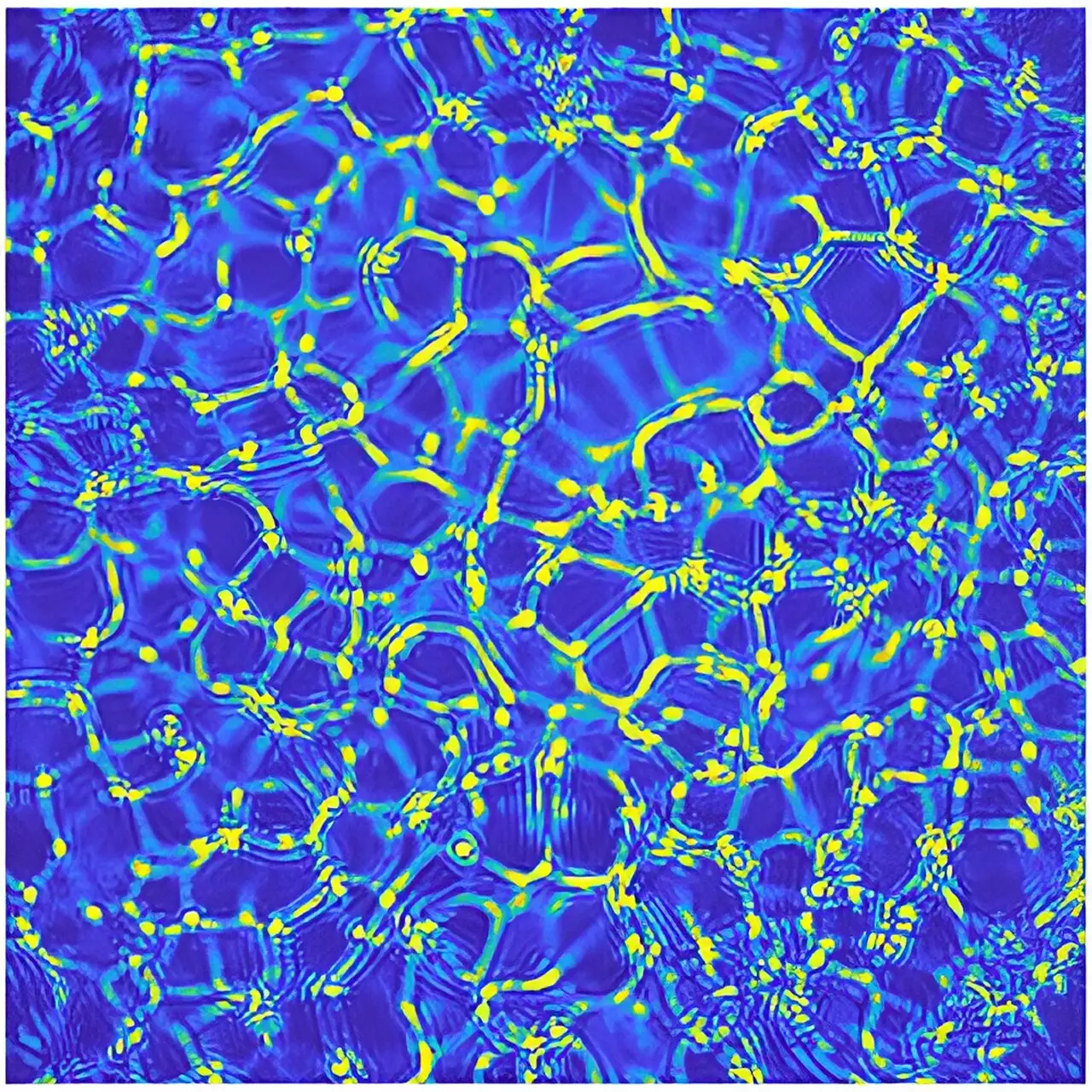Convective instabilities are pivotal phenomena that not only underpin various natural processes but also influence everyday occurrences, climate change, and ecological dynamics. At the forefront of these phenomena is the Rayleigh-Taylor instability, initially described by Lord Rayleigh over a century ago. This instability occurs when a less dense fluid ascends through a denser fluid, a situation observable in both volcanic eruptions and mushroom clouds following explosive events. Lord Rayleigh’s work laid the groundwork for extensive research into fluid dynamics, with the Rayleigh number now serving as a critical tool for quantifying the conditions under which these instabilities manifest.
Yet, recent advancements have unveiled new layers to our understanding of fluid dynamics. Collaborative research led by scientific teams at the University of Milan has recently brought to light a groundbreaking convective instability, marking a significant milestone in the study of fluid behavior over 140 years after Rayleigh’s initial discoveries. This novel instability not only adds to our existing knowledge but also opens avenues for innovative applications in fields ranging from materials science to environmental technology.
In a departure from traditional studies that demonstrate gravitational instability through lighter fluids rising, this new research explores an opposing scenario. It utilizes a heavier liquid, glycerol, positioned below a lighter fluid, water, creating a gravitationally stable system. In this seemingly stable environment, the introduction of silica nanoparticles catalyzes unexpected dynamics. By leveraging the principles of diffusiophoresis, the silica nanoparticles migrate upward in an attempt to reduce their interfacial energy, leading to the formation of locally denser regions in the upper water layer.
This process is counterintuitive, as one would typically expect stability in a heavier-on-bottom configuration. However, the upward motion of the nanoparticles eventually triggers a hydrodynamic instability that contradicts initial expectations. The implications of this instability are profound, indicating not merely a shift in fluid behavior but also the emergence of intricate spatial patterns, a phenomenon whose study may yield insights into myriad natural processes.
The researchers employed advanced optical techniques to observe the phenomena as they unfolded, with light selectively scattered by the resulting structures revealing stark contrasts between colloid-poor regions and arms rich in nanoparticles. The mathematical modeling involved coupled diffusion equations, paving the way to predict the instability’s onset and determine its characteristics through Rayleigh number metrics.
This rigorous approach speaks volumes about the study’s depth, ensuring that it is not purely observational but grounded in theoretical frameworks that enhance our comprehension of fluid dynamics. The discovery belies a critical advancement in physical modeling, illuminating pathways toward manipulating fluid behavior at microscopic levels.
Applications and Broader Implications
The potential applications arising from this new convective instability are as diverse as they are substantial. In technology, for instance, it offers a fresh perspective for the development of microscopically structured materials. By inducing coagulation of nanoparticles within the observed fluid network, researchers can pave the way for enhanced sol-gel processes that enable the fabrication of materials with meticulously controlled microstructures.
From an environmental perspective, this discovery holds promise for more efficient separation techniques involving fluid mixtures. The ability to segregate colloidal contaminants, such as microplastics, becomes particularly relevant in today’s context of increasing environmental pollution. Furthermore, the principles derived from this research could elucidate biological phenomena, shedding light on the striking colors and patterns seen in animal species, such as zebras and tropical fish, offering a fascinating bridge between physics and biology.
The unveiling of this new convective instability marks a promising leap forward in the understanding of fluid dynamics. By challenging existing paradigms and introducing innovative experimental methods, researchers have not only expanded the realm of what is scientifically conceivable but have also illuminated practical avenues for addressing contemporary challenges. As we continue to delve into the intricacies of convective phenomena, the insights derived may inform future explorations across disciplines, from material science to environmental conservation and biological studies. The work undertaken here signifies just the tip of the iceberg in a journey that stretches far beyond the confines of established fluid dynamic theory.

